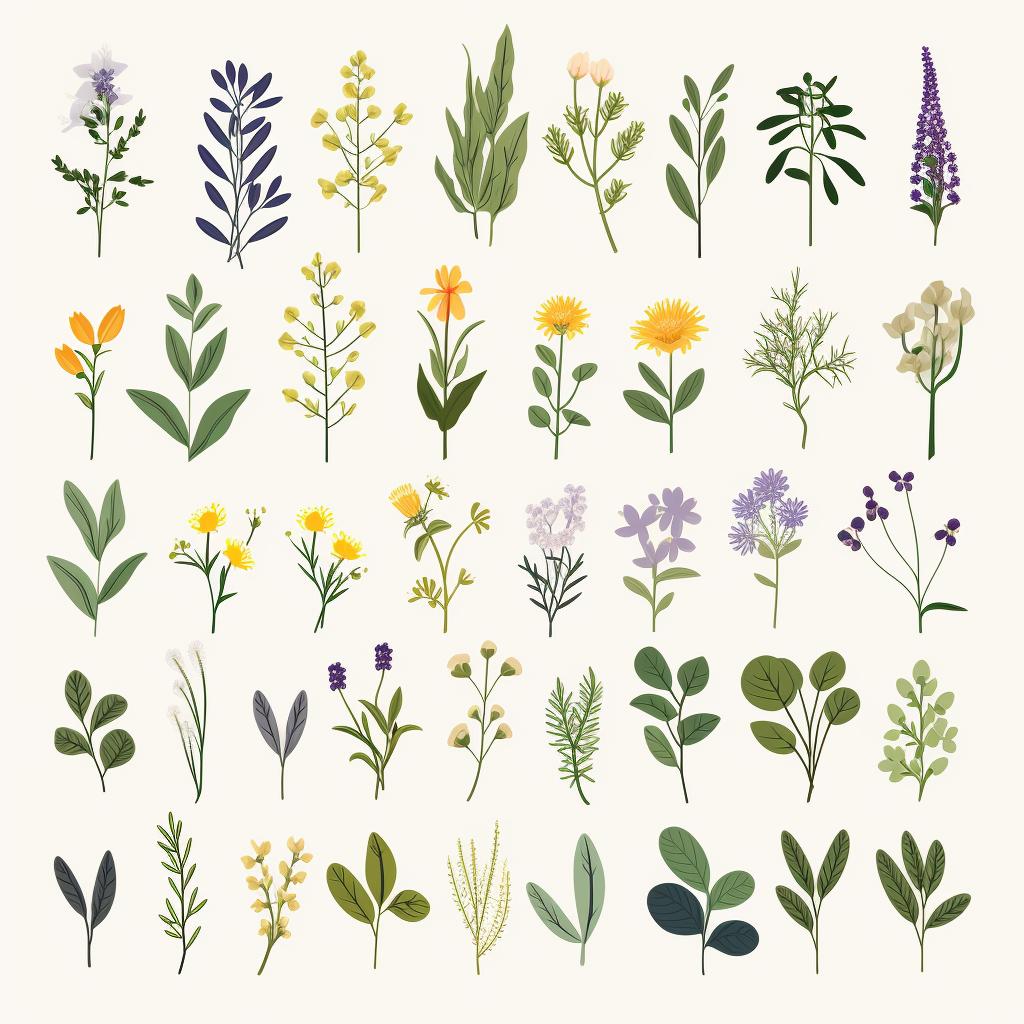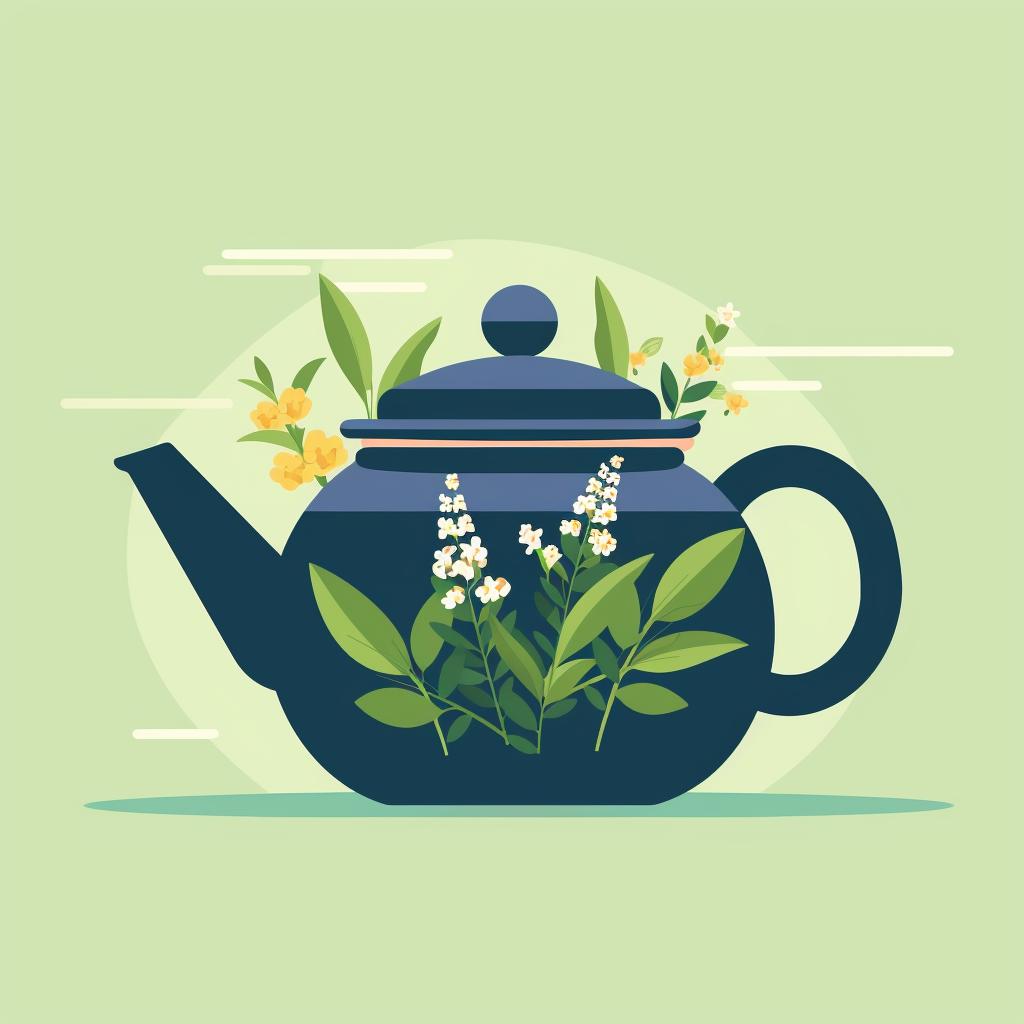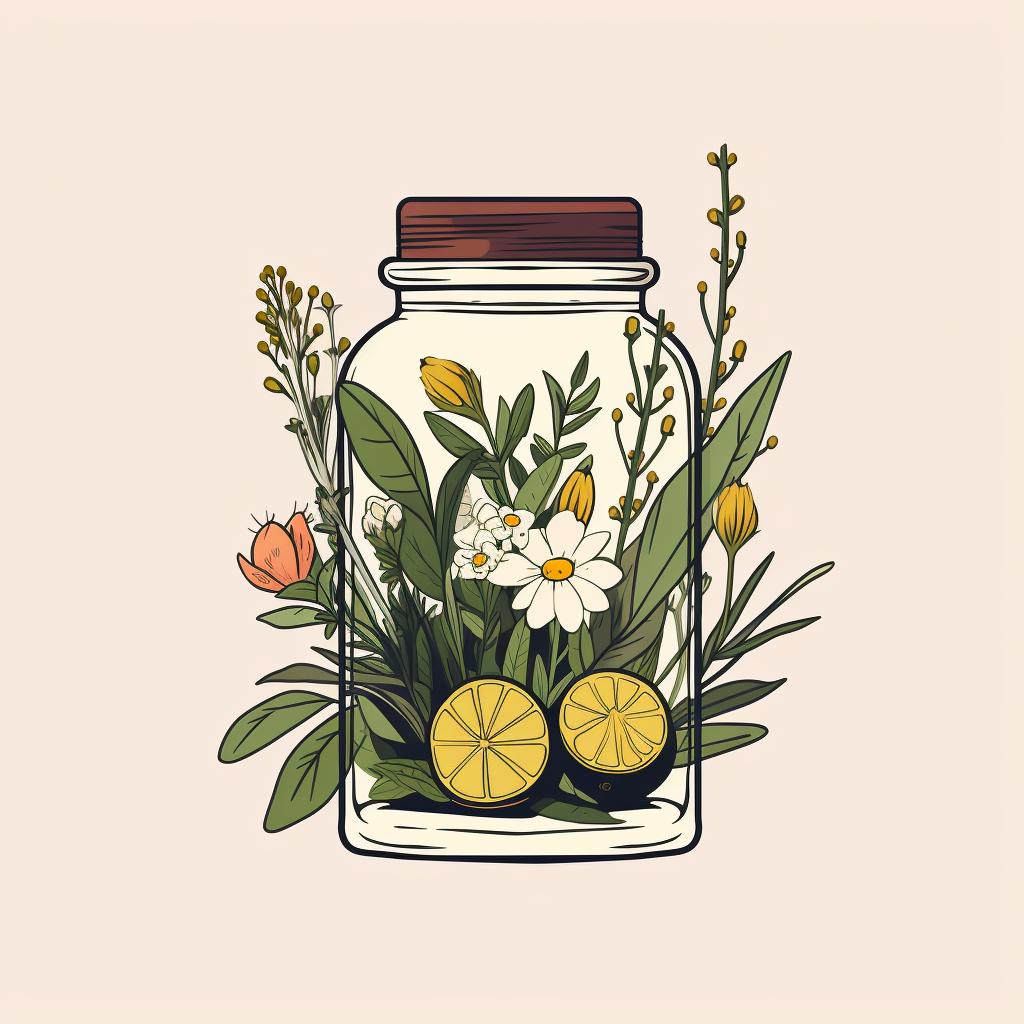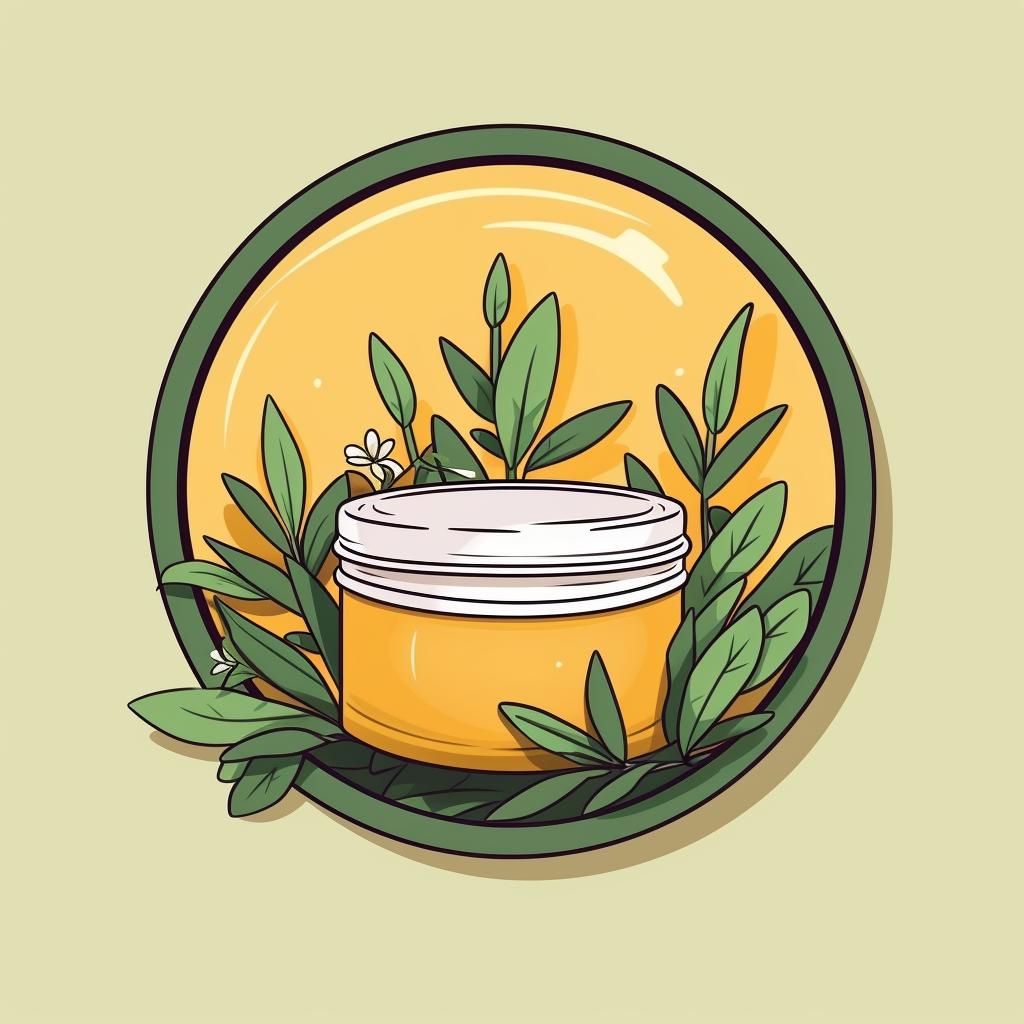Matilde O'Reilly is a distinguished herbalist boasting more than 20 years of hands-on experience in the realm of natural healing. Her journey has taken her across the globe, studying with various traditional cultures to gain insight into their unique herbal remedies. Matilde is celebrated for her profound comprehension of plant energies, and her exceptional skills in crafting potent tinctures.
Preparing herbal medicine involves a few key steps: selecting the right herbs, preparing them properly, and using the right method to extract their medicinal properties. Here's a step-by-step guide on how you can do it at home.
Let's dive into the practical aspect of herbal medicine preparation. Here are the key steps you need to follow:
Now that you know the basics of preparing herbal medicine at home, you can start exploring the world of herbs and their healing properties. Remember, the key to effective herbal medicine is using the right herbs and preparing them properly.
First, you need to select the right herbs. This step is crucial in herbal medicine preparation. The herbs you choose depend on the health issue you're looking to address. For instance, chamomile and lavender are known for their calming properties, while Echinacea and elderberry are often used for their immune-boosting effects. You can learn more about the benefits of different herbs and spices in one of my previous articles.
Once you've chosen your herbs, it's time to prepare them. If you're using fresh herbs, rinse them thoroughly under cold water and pat them dry. If you're using dried herbs, you might need to crush them into a fine powder. This process helps to release the herbs' active compounds.
The next step is extraction. There are several methods you can use, but the most common ones are making a tea (infusion), creating a tincture, or preparing a salve. Let's look at each method in more detail.
🍵 Steeping Wisdom: How to Brew Your Herbal Tea (Infusion)
To make a tea, simply steep your herbs in hot water for about 10-15 minutes. This method works best for delicate parts of the plant, such as leaves and flowers. Remember to cover your cup while the tea is steeping to prevent the essential oils from evaporating.
💧 Alchemy in a Bottle: Crafting Your Own Herbal Tincture
Tinctures are concentrated herbal extracts made using alcohol as a solvent. To make a tincture, place your herbs in a glass jar and cover them with a high-proof alcohol. Let the mixture sit for about 4-6 weeks, shaking it daily. After this period, strain the mixture and store it in a dark glass bottle. Curious about how to use tinctures? Check out this article for more information.
🌿 Nature's Balm: A Simple Guide to Creating Herbal Salves
Salves are made by infusing herbs in a carrier oil, such as olive or coconut oil, then mixing the strained oil with beeswax to create a semi-solid product. Salves are great for topical applications and can be used to soothe skin conditions or muscle pain.
Whichever method you choose, remember that the key to effective herbal medicine is patience. It takes time to extract the healing properties of herbs, but the health benefits are worth the wait.
Interested in learning more about the world of herbalism and its health benefits? Be sure to explore more articles on our site, such as this one on phytotherapy or this guide on creating your own herbalism kit.
What's your preferred method of herbal medicine preparation?
Select your go-to method when it comes to preparing herbal medicines. Your input will help us tailor future content to your needs!



















